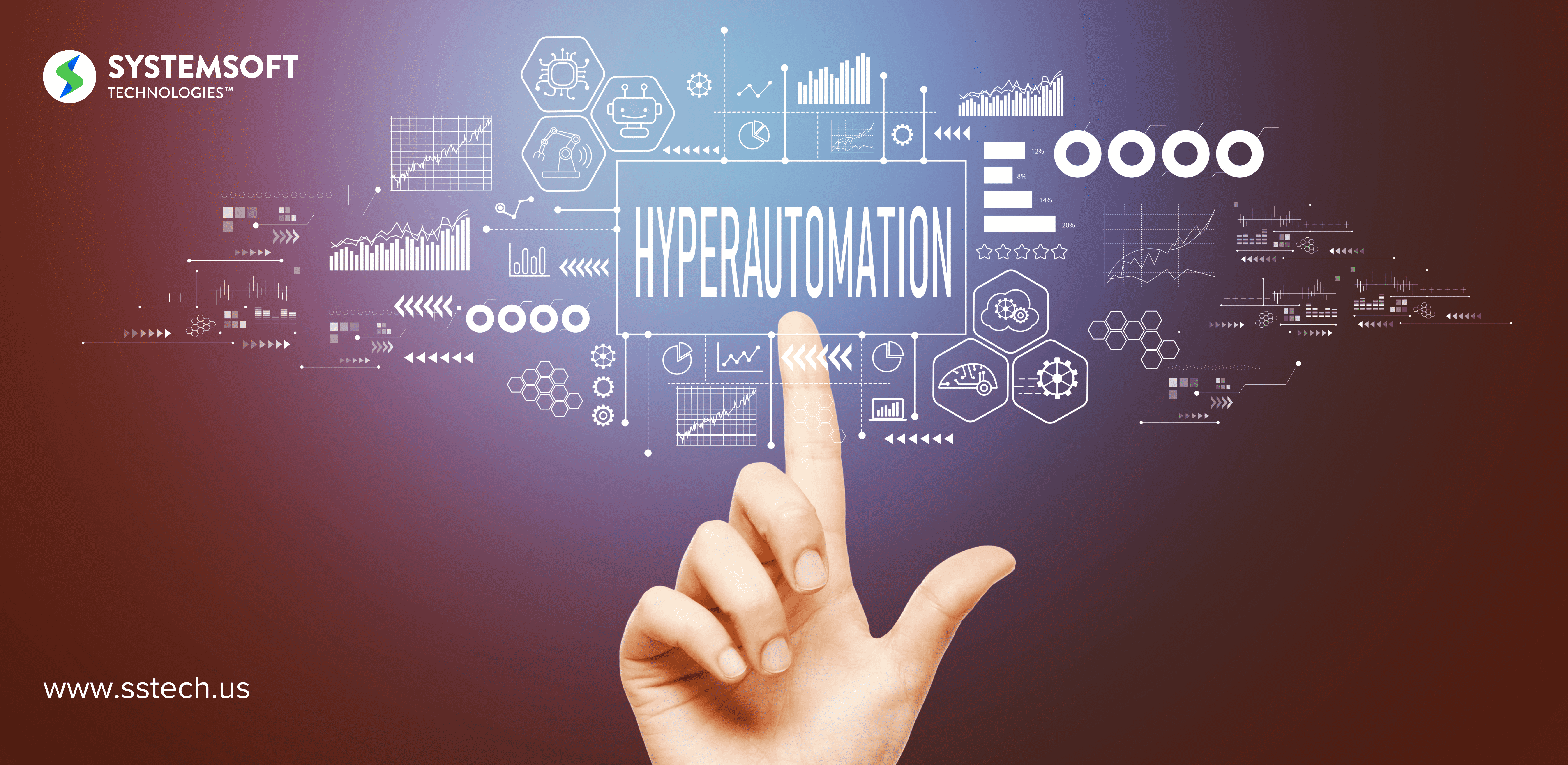
Data or Task Automation: Where to Begin with Intelligent Automation?
Did you know your organization is probably already using a task automation tool software?
Three-quarters of organizations have used at least one kind of marketing task automation tool, according to Social Media Today’s 2019 State of Marketing Automation Survey.
However, many may have haphazardly implemented task automation tools. And with no clearly defined strategy for meeting important business goals like cost savings or increased productivity. Therefore, they may be missing out on gains with a better developed automation game plan.
There’s no question intelligent automation (iA) can improve your efficiency and free up employees to focus on higher-value tasks. More organizations are discovering this as digital transformation compels them to upgrade, innovate and reskill.
A 2020 global executive survey conducted by Deloitte found a 58 percent increase in intelligent automation initiatives over the previous year. But even as this figure continues to grow, many may be confused about where to begin.
Your organization’s intelligent automation journey really begins with a strategy for determining how to earn the biggest wins based on unique goals.
One of the key questions to ask yourself when starting this journey is, which processes to automate first: Task based or data centric? Both options have their benefits and potential difficulties. So deciding which path to take can be challenging.
This blog article will explore the differences between data automation and task automation. And it will help you decide which route is best for your business growth and success.

Data Automation vs. Task Automation
Task-based processes execute specific rote functions. An example of a task-based process is the generation of an invoice triggered by a purchase order.
On the other hand, data-centric processes gather, transfer, update, manipulate or analyze data to make decisions or reflect changes. For example, a process that automatically updates customer information—total spent, items ordered, address change, etc.—based on new orders is considered data-centric.
Other examples of task-based processes can include:
- Automating emails for lead generation
- Shipping notifications
- Billings
- Executing orders
Additional examples of data-centric processes can include:
- Scraping websites
- Updating forms and applications
- Updating customer profiles
- Triggering offers based on customer behavior
- Managing inventories
In one common scenario, data automation will scrape or gather data to fill a form. Meanwhile, task automation will then generate a notification, email, invoice, etc.
Is Data Automation or Task Automation Better?
Both data automation and task automation processes have advantages.
Suppose your organization has an immediate need for one type of process. For example, real-time data gathering about retail customers. In such a case, it may be worth considering the implementation of task automation tools for data input and analytics.
On the other hand, your organization may have identified manual processes in invoicing and ordering procedures consuming too much of your employees’ time. You are right in targeting those processes for task automation.
When starting out on your intelligent automation journey, you must look for low-hanging fruit. Those include use cases that will bring the most obvious, easy-to-achieve benefits for your business.
Let’s look at the primary advantages of each type of automated task your organization may use.

Advantages of Data Automation
1. Scalability. One of the primary advantages of data-centric automated processes is their scalability. A process that revolves around incoming data can be automated as soon as the data arrives. This means you don’t need to wait for all the data to be collected before you can start the automation process. It also makes it easier adding new functionality or changing the process, without changing code.
2. Reliability. Data-centric processes are also considered more dependable. That’s because they are based on rules defined by data rather than human judgment. It helps ensure the process consistently works across various scenarios. And they don’t need adjustments for each use case.
Advantages of Task Automation
1. Flexibility. Task-based processes are more flexible than data-centric ones, because they can oversee various tasks using the same automation code. This makes them easier to implement and more adaptable to changes in your business environment.
2. Efficiency. Task-based processes are also more efficient. Typically, they can be completed in a shorter period. The design of task-based processes allows them to manage specific tasks rather than complete workflows. That can mean less overhead.
Hyperautomation
Often, both task-based and data-based processes can be combined in the same business. Automating both types of processes is a vital step to achieve higher levels of efficiency, productivity and cost savings.
Using multiple forms of intelligent automation, such as robotic process automation, artificial intelligence, intelligent document processing, etc., constitutes hyperautomation. This is a top 2022 technology trend, according to Gartner.
However, achieving huge advantages from automation starts with selecting those processes that will quickly yield the surest benefits. Essentially, don’t get tangled in problematic or premature use cases. And these are not the best choices for beginning businesses.
It’s crucial to analyze your organization’s current processes, its needs and its desired outcomes. Then, you can choose the right path to take your initial intelligent automation steps.
And, in some cases, automating data-centric processes before task-based ones, or vice versa, can be counterproductive to reaching your business goals.

Conclusion
The bottom line is, if a task can be automated, it must be, either as a task-based or data-driven automation process. For the best business gains, combine both task-based and data-driven processes with artificial intelligence to achieve hyperautomation.
In any case, make sure whichever automation path you take meets your organization’s specific business needs.
If you’re unsure which approach will work best, it’s often helpful to talk with an experienced and trusted automation consultant. Such a technology partner can help guide you through the data automation or task automation process and ensure you get the most from implementing both approaches.
The all-important first step for using intelligent automation can present difficulties, if executed poorly. If well-executed, it can lead your organization to the doorstep of hyperautomation. And even bigger cost savings, productivity gains and market advantages.
Click here to schedule a complimentary intelligent automation workshop from System Soft Technologies. System Soft’s experts can provide guidance on getting started with the best automation strategy for your organization’s one-of-a-kind business goals.
About the Author: Hariharan Viswanath

Hari is a Senior Architect in the Intelligent Automation practice at System Soft Technologies. He helps organizations overcome technological hurdles, strategize and roll out an outstanding automation center of excellence through his expertise in software analysis and design and in-depth knowledge of process improvement and automation, artificial intelligence, machine learning and data engineering. He helps develop scalable and reusable automation solutions using his hands-on approach combined with automation tools like Blue Prism, UiPath, Automation Anywhere, Automation Edge, Rainbird and Python.


